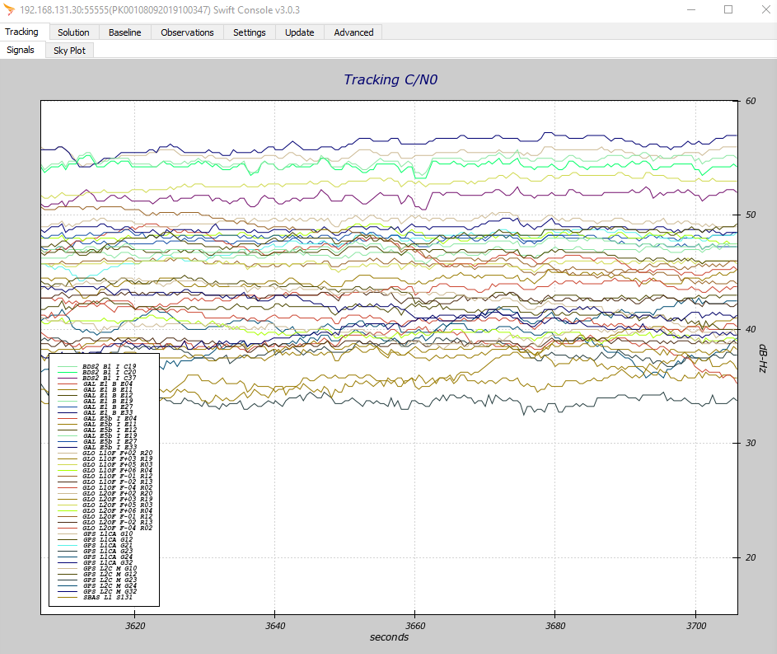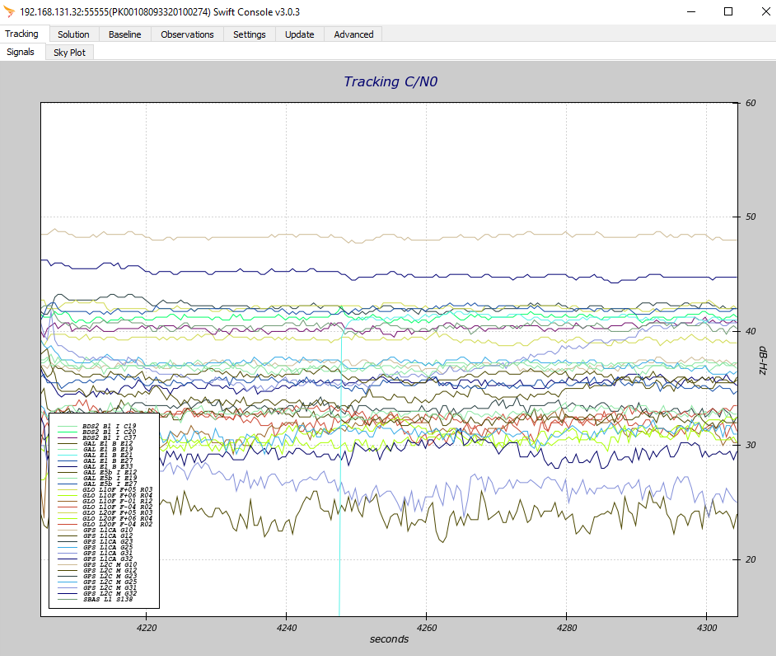UGV Integration Requirements¶
Integration Overview¶
The scope of work to transform a non-autonomous UGV into an autonomous one will vary depending on the exact hardware capabilities and software interfaces of the UGV. Development work will be required by Clearpath Robotics, the end user, or a third party developer to bring the UGV into compliance with the requirements listed in the table below. This may involve implementing encoders and controllers to provide velocity control of the platform and implementing a CAN bus to ROS interface with kinematic control. The table below provides a general outline of the requirements; the detailed requirements are covered in the following sections.
# |
Task |
Note |
|---|---|---|
1 |
Convert platform to drive by wire |
If required; can be a significant electromechanical integration |
1.1 |
Implement actuated steering and throttle control if necessary |
|
1.2 |
Implement the encoder and controller hardware to provide wheel velocity control and odometry feedback |
May require electronic power steering position feedback and controller |
2 |
Create a ROS interface |
|
2.1 |
Commission an OutdoorNav computer running Ubuntu 20.04 and ROS Noetic |
|
2.2 |
Create a ROS interface to the UGV motor controllers and platform controller |
Often interfacing via CAN bus |
2.3 |
Create a ROS platform driver including UGV kinematics with ROS-control |
Accepts velocity input, commands motor controllers, provides other status feedback |
3 |
Install and configure OutdoorNav Hardware and Software |
|
3.1 |
Install OutdoorNav computer and sensors on the UGV |
Provide mechanical mounting, power and ethernet communication to UGV computer |
3.2 |
Install, update and configure OutdoorNav Software on computer |
Configure for sensor mounting locations, UGV kinematics and data topics. Can be done remotely with assistance from Clearpath Robotics Engineering. Approximately 1-2 days. |
3.3 |
Tune the path planning and following controllers for new UGV |
Can be done at a Clearpath Robotics facility. Can often be done at end user facility via remote login from Clearpath Robotics Engineering. Approximately 2-5 days. |
Hardware Integration Requirements¶
A UGV must meet all of the requirements below to enable integration with OutdoorNav Software.
Requirement |
|
|---|---|
UGV has a mounting point for the OutdoorNav Computer (recommendation: Vecow ECX-2000-9R) |
|
UGV has electrical provisions for powering the OutdoorNav Computer. |
|
UGV has a mounting point for a network switch (recommendation: TRENDnet TI-G80) |
|
UGV has electrical provisions for powering the network switch |
|
UGV has a mounting point for a forward-facing 3D lidar (recommendation: Velodyne VLP-16) |
|
3D lidar can see objects 0.2 meters tall that are placed on the ground 1 meter in front of the UGV |
|
The shadowing of 3D lidar’s view angles are acceptable by Clearpath Robotics Engineering. |
|
UGV has electrical provisions for powering the 3D lidar |
|
UGV has a mounting point for an attitude and heading reference system (recommendation: Microstrain 3DM-GX5-25 ). Note: Brackets between the AHRS and drive wheels should be stiff. The AHRS measures acceleration. Stiff brackets will ensure the measured acceleration is of the overall UGV, and not a vibration of the chassis. |
|
UGV has mounting points for two GPS receivers (recommendation: Swift Navigation Duro) |
|
UGV has mounting points for two GPS antennae (recommendation: Swift Navigation Antenna) |
|
GPS antenna mount points are at least 700 millimeters apart. |
|
GPS antennae are pointed +Z, toward the sky. |
|
UGV has electrical provisions for powering both GPS receivers. |
|
GPS antenna #1 has view angles that are not blocked by any parts on the UGV (±60°). |
|
The shadowing of GPS antenna #1’s view angles are acceptable by Clearpath Robotics Engineering. |
|
GPS receiver #1 has at least 6 satellite connections with a signal-to-noise ratio of at least 50 dB-Hz. Refer to “passing test” and “failing test” figures below. |
|
GPS antenna #2 has view angles are not blocked by any parts on the UGV (±60°). |
|
The shadowing of GPS antenna #2’s view angles are acceptable by Clearpath Robotics Engineering. |
|
GPS receiver #2 has at least 6 satellite connections with a signal-to-noise ratio of at least 50 dB-Hz. Refer to “passing test” and “failing test” figures below. |
|
UGV has a mounting point for a long range network client (recommendation: Microhard pX2). |
|
UGV has electrical provisions for powering the long range network client. |
|
UGV has a mounting point for a 2.4 / 5.8 GHz antenna. |
Signature: Date:

GPS receiver, signal-to-noise, passing test¶

GPS receiver, signal-to-noise, failing test¶
Network Requirements¶
A UGV must meet all of the requirements below to enable integration with OutdoorNav Software.
Requirement |
|
|---|---|
The UGV’s controller (eg. x86 computer or ARM microcontroller) is running Linux and is configured with ROS Noetic. |
|
The UGV’s controller shall have an RJ45 Ethernet port configured to the static address |
|
The UGV controller’s file |
|
The UGV controller’s hostname has been made available for updating the |
Signature: Date: